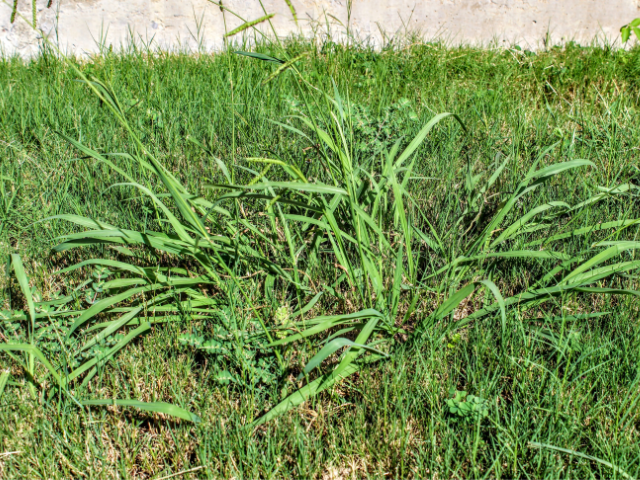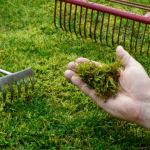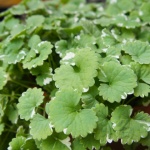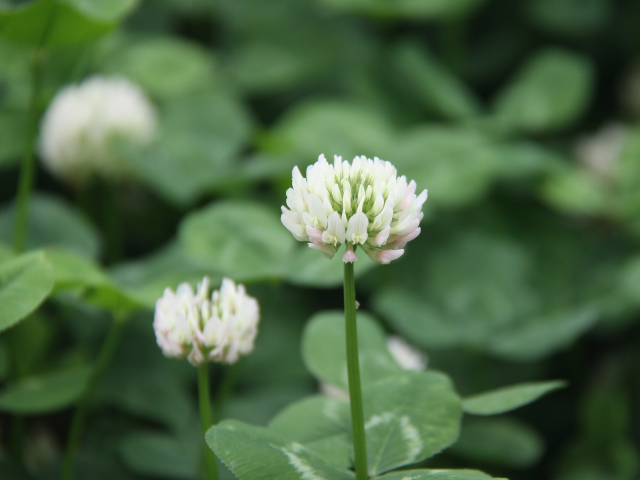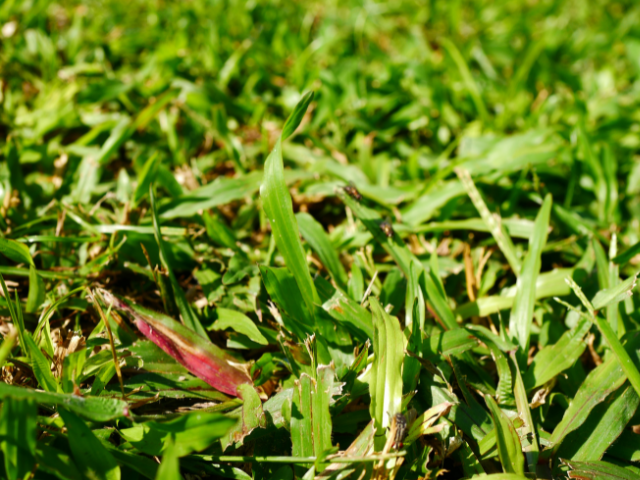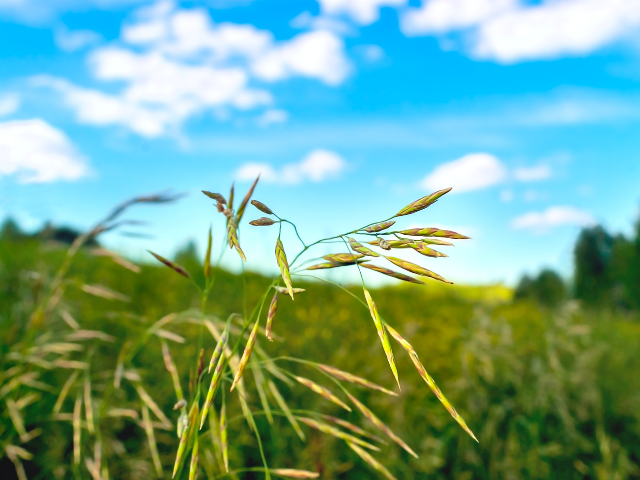Do you have a crabgrass problem? If so, you’re not alone. Crabgrass is one of the most common weeds in the United States, and it can be tough to get rid of. In this blog post, we will discuss how to get rid of crabgrass for good using both natural and chemical methods. We’ll also talk about how to prevent crabgrass from coming back!
What is Crabgrass
Crabgrass is a common weed that can be found in many lawns across the United States. It is an annual plant, which means it grows from seed each year. Crabgrass is most commonly found in sunny areas of the lawn where the grass is thin. The crabgrass plant has a prostrate growth habit, meaning it spreads horizontally along the ground. Crabgrass is characterized by its thick, coarse leaves and its yellow-green color. The plant can grow up to 12 inches tall but is typically much shorter. Crabgrass blooms in the summer, producing small, yellowish flowers.
Crabgrass Life Cycle
Crabgrass has a two-part life cycle. The first part is the vegetative stage, during which the plant grows and produces leaves. The second part is the reproductive stage, during which the plant produces seeds. Crabgrass typically begins to grow in late spring or early summer, depending on the climate. In areas with mild winters, crabgrass may even begin to grow in the fall.
The vegetative stage of crabgrass typically lasts about six weeks. During this time, the plant grows and produces leaves. The leaves of crabgrass are thick and coarse, and they are typically yellow-green in color. The plant can grow up to 12 inches tall during the vegetative stage, but it typically only grows to about six inches.
The reproductive stage of crabgrass typically lasts about four weeks. During this time, the plant produces seeds. Crabgrass typically produces between two and three hundred seeds per plant. The seeds are small and black, and they are contained in structures called spikelets. The spikelets of crabgrass are arranged in a spiral pattern on the plant’s stems.
The seeds of crabgrass are dispersed by wind and water. The seeds can also be transported by animals, such as birds and rodents. Once the seeds have been dispersed, they can germinate in a variety of environments. Crabgrass typically grows best in sunny, open areas with well-drained soils.
Crabgrass Killer When to Apply
The best time to apply a crabgrass killer is in the spring before the plant has had a chance to produce seeds. If you wait until the plant has already produced seeds, it will be too late to prevent them from germinating. Apply a crabgrass killer early in the season, before the plant has had a chance to produce seeds.
How to Remove Crabgrass
The best way to remove crabgrass is to pull it up by hand. You can also use a hoe or tiller to loosen the soil and make it easier to remove. If you have a large area of crabgrass, you may want to consider renting a power tiller. Once the crabgrass is removed, you’ll need to take steps to prevent it from coming back.
One of the best ways to prevent crabgrass from returning is to fertilize your lawn regularly. Crabgrass thrives in nutrient-rich soil, so by fertilizing your lawn you make it less hospitable for crabgrass. You should also mow your lawn regularly and keep the grass trimmed. This will prevent crabgrass from getting the sunlight it needs to grow. Finally, be sure to water your lawn regularly and deeply. Crabgrass is more likely to return to dry soil.
Corn gluten meal is a natural, pre-emergent herbicide that can be effective in preventing crabgrass from taking root in your lawn.
How to Control Crabgrass
There are several ways to control crabgrass. One way is to use a pre-emergent herbicide. Pre-emergent herbicides work by preventing the seeds of crabgrass from germinating. Another way to control crabgrass is to use a post-emergent herbicide. Post-emergent herbicides work by killing crabgrass that has already germinated.
The best way to control crabgrass is to prevent it from seeding in the first place. One way to do this is to mow your lawn regularly. Mowing your lawn will remove the seeds of crabgrass before they have a chance to germinate. Another way to prevent crabgrass from seeding is to fertilize your lawn. Fertilizing your lawn will make it healthier and less inviting for crabgrass.
FAQs About How to Get Rid of Crabgrass for Good
How long does it take to kill crabgrass?
The time it takes for crabgrass to die after being sprayed with a post-emergent herbicide depends on the product that you use. Most products will kill crabgrass within 24 hours.
Does crabgrass have deep roots?
No, crabgrass does not have deep roots. The roots of crabgrass only grow to be about two inches deep.
How can I get rid of crabgrass for good?
The best way to get rid of crabgrass for good is to prevent it from seeds in the first place. You can do this by mowing your lawn regularly and keeping it free of debris.
What to do after crabgrass dies?
Once the crabgrass has died, you’ll need to take some steps to prevent it from coming back. First, make sure to rake up any dead crabgrass so that its seeds don’t have a chance to spread. Then, oversee your lawn so that the grass is thick and healthy. Finally, be sure to fertilize and water your lawn regularly. By following these steps, you can keep crabgrass from coming back and ruining your lawn.
What is the best crabgrass killer?
There are a few different options when it comes to crabgrass killers. You can use a chemical herbicide, which will kill the crabgrass quickly but may also harm your other plants. Alternatively, you can use a natural method like vinegar or boiling water. These methods take longer to work but are much safer for your other plants.
